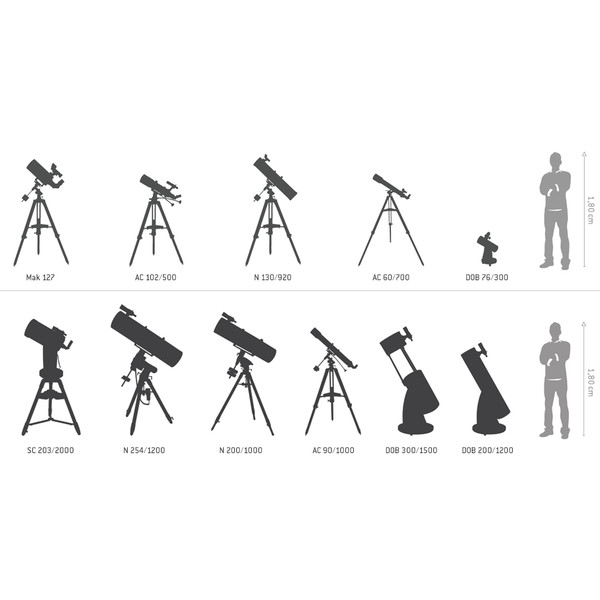


10X DVD-ROM drives read a minimum of 5.545 Kbps 'Offer good from 1 1/24/99- or while supplies last. and will '/ary with line conditions and distance. The ADSL/G.Lite protocol is designed to allow faster downloads from ADSL/G.l ADSL7G Lite updates may be downloaded from Compaq's website when available. For more details, see ITU V.90 modems are designed only to allow faster downloads from K56fiex or V.90-compliant digital sources. Tr System tested using NSTL YMARK2000 hardware test Non -compliant third-party software/hardware products may affect rollover results. Payments based on a 48-month term with six-month payment deferral and an Annual Percentage Rate of l4.99%.Your APR may be higher. only and are subject to change or cancellation without notice Not all mot 'AH prices shown are Compaq Direct selling prices and do not include applicable sales tax and shipping, are valid in the U S.

Intel Mobile Pentium III Processor, 500 MHzĪTI Rage LT Pro Hardware Accelerated 3D Graphics You purchase your Compaq Presario Internet PCĬOMPAQ PRODUCTS ARE YEAR 2000 HARDWARE COMPLIANT.* 1 The use of high-quality optics yields the impressive views that you see through the ETX.250 MB Iomega Zip Built-ln v Drive + 1 Disk: This multireflected light path results in the compact design of the ETX, yielding a much longer focal length (optical length) than is otherwise possible. This last reflection sends the light back towards the rear of the ETX OTA where, using a “flip mirror”, it is directed to the normal eyepiece position or out the rear port on the back of the ETX tube. It then proceeds down the tube to a mirrored surface (the primary mirror), where it is reflected back up the OTA only to be reflected again from a small “spot” (secondary) mirror on the inside of the corrector lens. Light enters the telescope through a coated corrector lens at one end of the ETX optical tube assembly (OTA). The Maksutov-Cassegrain design uses a lens and mirrors to focus the light, as shown in Figure 1.1. The original ETX brought this efficient design to many more amateur astronomers at an affordable price. The Maksutov-Cassegrain design of the original ETX was used previously in the highly sought after but pricey Questar 3.5-inch telescope. Other telescopes were available that used alternative designs, but they were typically expensive and not appropriate for the mass-market amateur astronomer. Prior to the ETX, most inexpensive consumer telescopes came in two varieties: the refractor telescope, which uses a glass lens at the top to focus the light, and the Newtonian reflector telescope, which uses a curved mirror (actually a spherical surface) at the bottom to reflect and focus the light. Patrick Moore’s Practical Astronomy Series


 0 kommentar(er)
0 kommentar(er)
